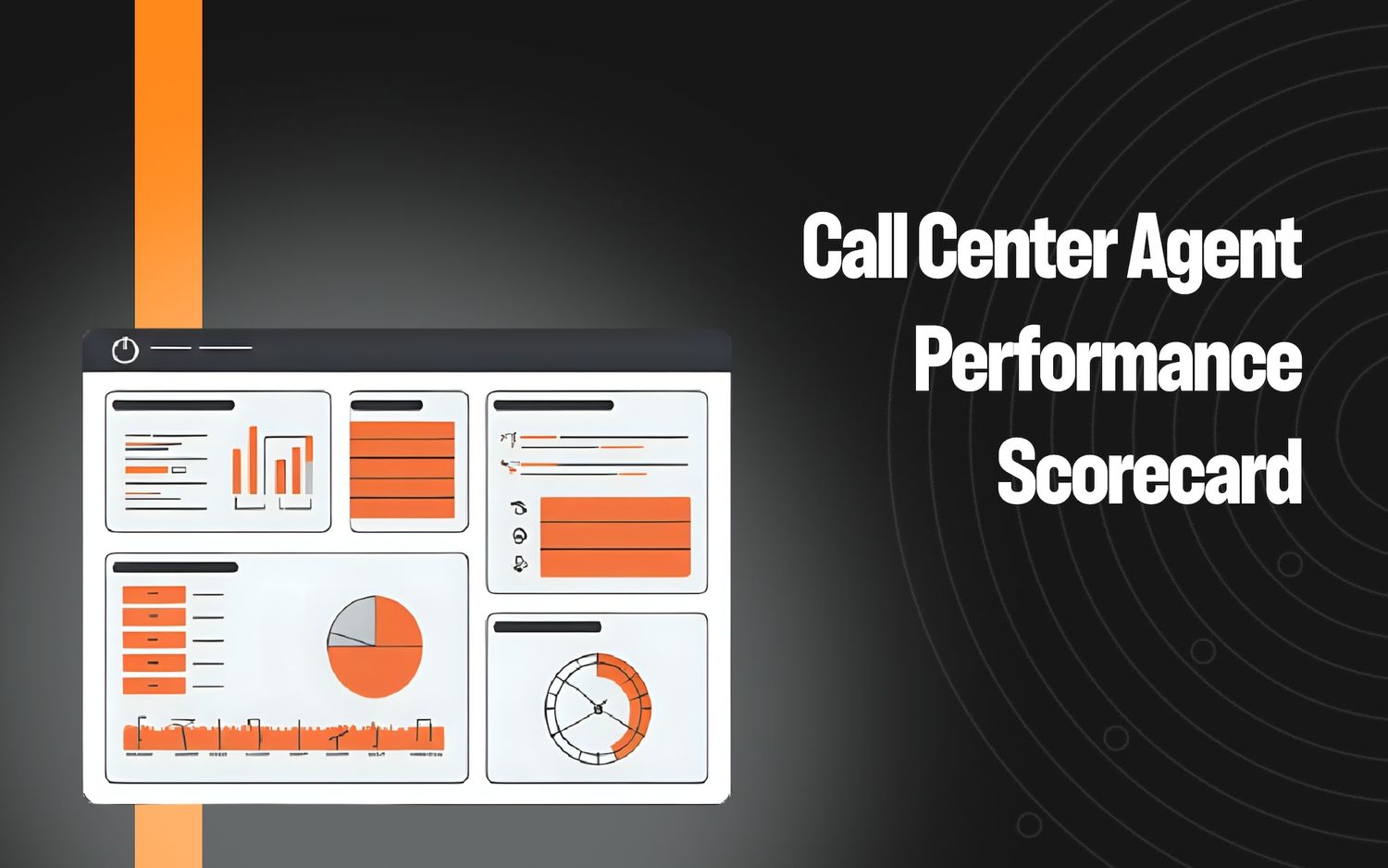Five Things To Consider When Modernizing Your Call Center, featuring Forrester Senior Analyst Christina McAllister


Following our recent webinar, guest speaker Forrester Senior Analyst, Christina McAllister answers five questions call center leaders should ask themselves when considering upgrading their customer service tech stack.
How should call center leaders phase agent workflow transformation?
With all of the new real-time augmentation capabilities in the market, it’s very tempting to jump right in — but before making any changes to the agent workflow, it’s critical to first ensure that you have a solid foundation in place with conversation analytics and automated quality scoring. Without having visibility into 100% of your agents’ conversations, it’s very difficult to identify where to start.
With that in place, you can start prioritizing agent workflow improvements. The best place to start is by identifying use cases that would benefit all agents, regardless of tenure. One option might be to deploy technology that automatically summarizes agent after-call notes, which helps capture efficiency gains on every call for every agent.
Customer service is the largest store of unstructured data in the enterprise. How have you seen business and contact center leaders use these data/insights to improve their operations and offerings?
Contact centers have been recording conversations for decades, but for the most part, this valuable data has not been leveraged effectively. We are now starting to see companies take this data and leverage it to make improvements not only within the contact center but across company silos. For example, many companies analyzed customer conversations to understand and respond to their customers’ rapidly changing needs as the pandemic unfolded.
These companies were able to quickly mobilize resources to create necessary knowledge articles and self-service tools and even make changes to their product or service offerings to align to changing customer priorities.
What “real-time” use cases do you hear most from customers in the contact center?
Applying AI to augment the agent workflow in real time is definitely a hot topic right now! One of the most popular use cases I see is providing in-conversation support for new agents. Being an agent is already hard, but the increase in remote working environments can make this hard job even harder. Many companies are looking to leverage AI to surface the right knowledge article at just the right time or to provide contextually relevant navigational guidance throughout the call flow.
These kinds of solutions provide a safety net for new agents — kind of like when you have Waze on in the background even when you know where you’re going. You still benefit from a reminder that your exit is coming up soon or getting alerted of an accident ahead, just in time for you to find an alternate route.
What are the limitations of AI as applied to contact center use cases?
A huge part of what makes an AI project work (or not) has very little to do with algorithms and everything to do with your data, processes, and people. Algorithms themselves are not inherently valuable — AI isn’t magic; it’s math. It’s important to be pragmatic about where AI can add value today and where humans are still required. For example, if your agent scorecard has a combination of objective and subjective criteria, you will want to maintain a human checkpoint for the more subjective measures.
How should contact center leaders think about the necessary CS stack and avoid tool proliferation?
When people hear the words “contact center tech stack,” it is very doubtful that they imagine a streamlined, seamless experience. There’s ultimately no single solution that checks every box, so agents are almost guaranteed to need to interface with multiple systems to solve customer inquiries. Companies should explore strategies and technologies that collapse the agent workflow and reduce the number of screens or programs an agent needs to independently access. Critical to any strategy here is the need to invest in both employee user experience and the development of a strong change management practice.
Want to hear more from Forrester Senior Analyst, Christina McAllister? Listen to our webinar that featured her and our CEO Ashish Nagar, on how to evaluate AI for customer service contact centers.
Keep reading
View all





